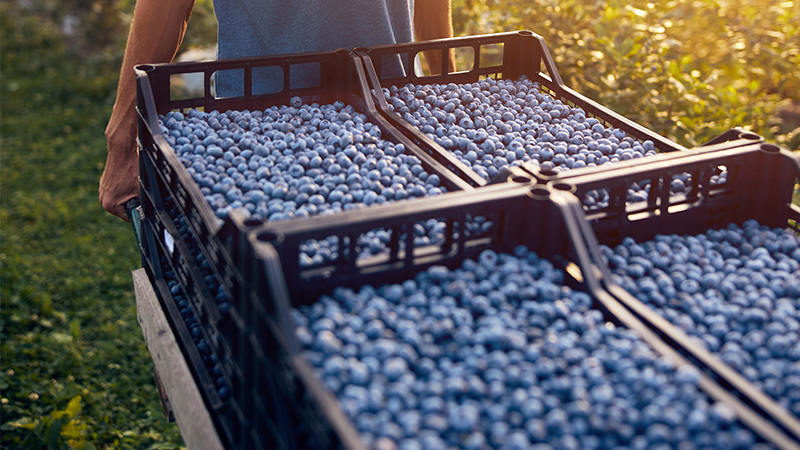USDA Announces $30 Million To Fight Citrus Greening
U.S. Agriculture Secretary Tom Vilsack has announced $30 million in funding for 22 projects to help citrus producers combat Huanglongbing (HLB), also known as citrus greening. The money will fund promising projects that could offer near-term solutions as well as research funding that may develop long-terms solutions. The promising near-term tools and solutions are funded through the HLB Multiagency Coordination Group while the research projects are funded through the Specialty Crop Research Initiative Citrus Disease Research and Education (CDRE) program, which is made available through the 2014 Farm Bill.
“I would like to thank Secretary Vilsack for his hard work on our industry’s behalf,” said Mike Sparks, executive VP/CEO of Florida Citrus Mutual. “He has done yeoman’s work making sure our research is funded. I would also like to thank the members of the Citrus Disease Subcommittee who are helping advise Vilsack on what projects to fund.”
USDA’s HLB Multi-Agency Coordination Group funded 15 projects that support thermotherapy, best management practices, early detection, and pest control efforts for a total of more than $7 million. All of them are designed to provide near-term tools and solutions to help the citrus industry fight HLB. The projects include:
- One project will focus on lowering the pH of the irrigation water and soil to strengthen the root systems of citrus trees to help them better tolerate HLB infection.
- Three projects will support different combinations of integrated management approaches for sustaining production in trees in different stages of infection.
- Two projects will test strategies for preventing tree death due to HLB infection. One of those will field test rootstocks that have shown ability to tolerate HLB infection. The other will use technologies to rapidly propagate the tolerant material for field use by the industry.
Increasing Early Detection Of HLB
- One project will train dogs to detect HLB infected trees. Detector dogs have proven to be highly adept at detecting citrus canker and early results suggest they will be an effective early detection tool for HLB.
- One project will develop a root sampling and testing strategy.
- One project will compare several promising early detection tests.
Tools To Kill The Asian Citrus Psyllid
- One will produce and release the insect Diaphorencyrtus aligarhensis as a second biological control agent in California.
- One project will use a biocontrol fungus to kill ACP adults.
- One project will use a trap to attract and kill ACP adults.
- One project will increase the use of field cages for the production of the insect Tamarixia radiata in residential areas, especially those that are adjacent to commercial groves in Texas. Tamarixia has already proven to be an effective biological control agent for ACP. Using field cages will enable the wider use of this effective ACP control.
In addition to these projects, USDA’s National Institute of Food and Agriculture funded more than $23 million dollars for research and education project to find lasting solutions to citrus greening disease. Examples of funded projects include developing HLB-resistant citrus cultivars, the development of field detection system for HLB, using heat as a treatment for prolonging productivity in infected citrus trees, creating a new antimicrobial treatment, among others. A fact sheet with a complete list of awardees and project descriptions is available on the USDA website. Fiscal year 2014 grants have been awarded to:
- University of California-Davis, CA, $4,579,067
- University of California-Riverside, CA, $1,683,429
- University of Florida, Gainesville, FL, $4,613,838
- University of Florida, Gainesville, FL, $3,495,832
- University of Florida, Gainesville, FL, $3,338,248
- University of Florida, Gainesville, FL, $2,096,540
- Kansas State University, Manhattan, KS, $3,734,480
“UF/IFAS has more than 150 scientists working to find viable solutions for Florida citrus producers,” said Jack Payne, University of Florida senior vice president for Agriculture and Natural Resources. “These funds support research that has shown promise for both short and long-term methods to fight greening. They are an investment in the future of the industry.”









